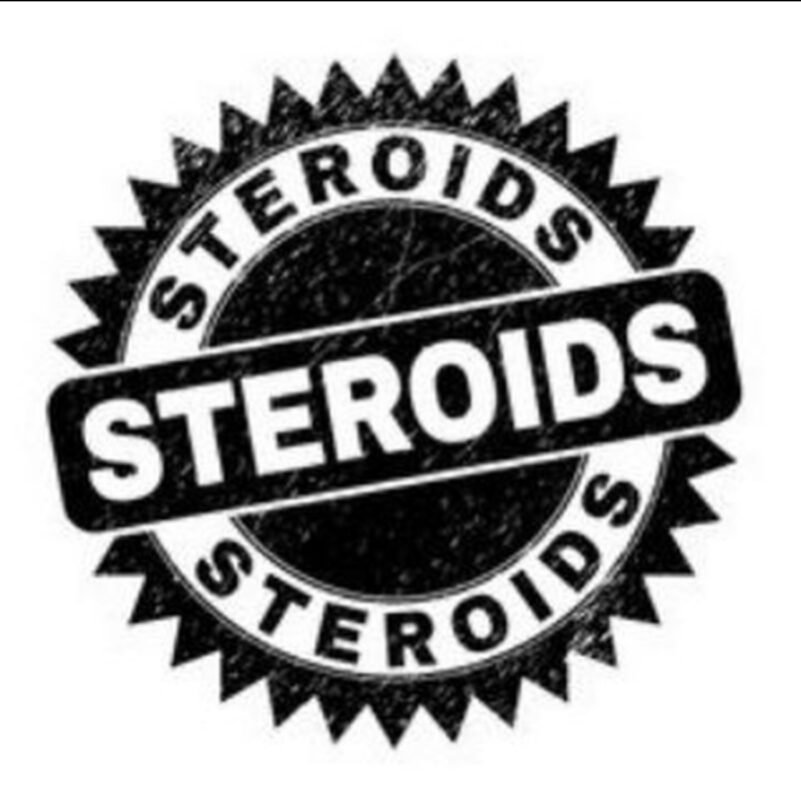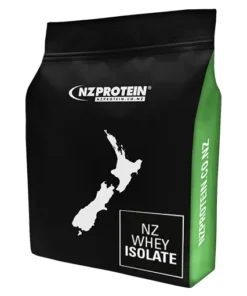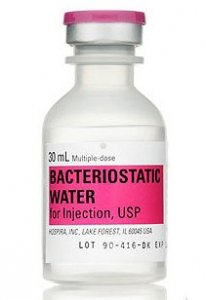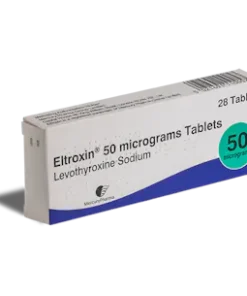Introduction to Testosterone Replacement Therapy
Testosterone Replacement Therapy (TRT) is a medical treatment aimed at replenishing and maintaining optimal testosterone levels in individuals experiencing low testosterone, also known as hypogonadism. Testosterone, an essential hormone predominantly produced in the testicles, plays a significant role in various physiological functions. It is crucial for the development of male physical features, muscle mass, bone density, and maintaining overall health and wellbeing.
For some individuals, testosterone levels can decline due to various factors such as aging, medical conditions, or certain lifestyle choices. This decline can lead to a range of symptoms that might significantly impact one’s quality of life. Common symptoms of low testosterone include persistent fatigue, depression, irritability, diminished libido, and reductions in muscle mass and strength. Additionally, men with low testosterone may experience a decrease in cognitive function and an overall sense of well-being.
Testosterone Replacement Therapy serves as an effective remedy to alleviate these debilitating symptoms. By restoring testosterone to healthy levels, TRT can improve energy levels, elevate mood, enhance sexual function, and promote muscle growth and bone strength. This therapy not only ensures physical improvements but also positively influences mental health and quality of life.
There are several methods to administer TRT, each tailored to fit the patient’s lifestyle and medical needs. These methods include:
Injections: Intramuscular injections are administered directly into the muscle, usually every 1-2 weeks, providing a controlled release of testosterone into the bloodstream.
Patches: Skin patches are worn on the body and deliver a continuous dose of testosterone through the skin, maintaining steady hormone levels throughout the day.
Gels: Topical gels are applied to the skin, allowing testosterone to be absorbed directly into the bloodstream.
Oral Medications: These involve taking testosterone in pill form, though this method is less commonly prescribed due to potential liver effects and variable absorption rates.
Each method has its advantages and drawbacks, and a healthcare provider can help determine the most suitable option based on individual needs and medical conditions.
The Process of Getting TRT in New Zealand
Embarking on the journey of Testosterone Replacement Therapy (TRT) in New Zealand necessitates a structured and meticulous approach. The first step typically begins with an initial consultation with a healthcare provider. The consultation is crucial as it affords the healthcare professional an opportunity to understand the patient’s symptoms, medical history, and concerns regarding testosterone deficiency.
A thorough medical evaluation is paramount at this stage. This evaluation often includes a detailed physical examination and a comprehensive review of the patient’s medical records. This critical step helps in ruling out alternative causes for the symptoms and ensures that TRT is indeed necessary and appropriate for the patient. Blood tests are a central component of this evaluation process. These tests are designed to measure the patient’s testosterone levels, along with other related biomarkers such as luteinizing hormone and follicle-stimulating hormone.
Meeting the criteria for a prescription under New Zealand’s healthcare guidelines is the next step. Typically, individuals must demonstrate consistent low testosterone levels alongside clinical symptoms of testosterone deficiency to qualify for TRT. It is pertinent to note that simply having a low testosterone reading on one occasion is often insufficient warranting the necessity for multiple tests to confirm the condition.
Following this, a comprehensive discussion about the potential side effects and contraindications of TRT is undertaken. Patients are advised on common side effects such as skin irritation at the application site for topical gels or injections, fluid retention, and the impact on reproductive health. Contraindications are also covered, including pre-existing conditions that may exacerbate with TRT, like prostate cancer or severe cardiac issues.
Finding a qualified healthcare provider who specializes in hormone therapies is indispensable for a successful TRT journey. Resources such as the New Zealand Medical Association and specialized endocrinology clinics can provide guidance on locating experienced professionals adept in managing TRT. Establishing a relationship with a trusted healthcare provider ensures ongoing support and monitoring, which is vital for the efficacious and safe management of testosterone levels.
Benefits and Risks of Testosterone Replacement Therapy
Testosterone Replacement Therapy (TRT) offers numerous potential benefits for those experiencing low testosterone levels. One of the primary advantages is an improvement in mood. Individuals who undergo TRT often report a significant reduction in feelings of depression and irritability. Increased energy levels are another noteworthy benefit, as TRT can help combat the persistent fatigue associated with low testosterone. Enhanced sexual function, including improved libido and erectile function, is also documented, making TRT an effective option for those facing sexual health problems.
Additionally, TRT can lead to better muscle mass and strength. For many, the therapy supports increased muscle protein synthesis, facilitating muscle growth and better overall physical performance. This is particularly beneficial for those who engage in regular exercise or have conditions that cause muscle wasting.
However, alongside these advantages come certain risks and potential side effects. Cardiovascular issues are a significant concern, as TRT can raise red blood cell count, potentially leading to blood clots, heart disease, and strokes. It is vital for individuals considering TRT to have regular cardiovascular monitoring by their healthcare providers.
Another risk associated with TRT is the exacerbation of sleep apnea. It’s crucial for patients with pre-existing sleep disorders to discuss their condition with their doctor, as TRT can worsen this issue. Prostate abnormalities are another critical concern. While TRT does not appear to increase the risk of prostate cancer directly, it can cause an increase in prostate-specific antigen (PSA) levels, necessitating regular prostate screenings.
Lastly, the potential for hormonal imbalance requires careful consideration. TRT can suppress the body’s natural testosterone production, leading to infertility and testicular shrinkage. Thus, it is essential for patients to weigh these risks while considering the benefits, and to have open discussions with their healthcare providers to determine the appropriateness of TRT for their specific health conditions.
“`html
Lifestyle Considerations and Complementary Treatments
While testosterone replacement therapy (TRT) stands as a pivotal approach for individuals with low testosterone levels, integrating key lifestyle changes and complementary treatments can significantly amplify its benefits. One of the foremost aspects to consider is diet. Nutrient-dense foods, particularly those rich in healthy fats, protein, and micronutrients like zinc and magnesium, play a vital role in supporting endogenous testosterone production. Incorporating a balanced diet not only fosters better hormone regulation but also enhances overall health.
Exercise is another critical component. Regular physical activity, especially strength training and high-intensity interval training (HIIT), has been shown to naturally elevate testosterone levels. Engaging in these forms of exercise on a consistent basis helps to optimize TRT effectiveness while promoting muscle mass and reducing body fat. Additionally, cardiovascular activities such as running or swimming can improve cardiovascular health, which is often related to hormonal balance.
Quality sleep is pivotal in maintaining and boosting testosterone levels. It’s essential to establish a routine that ensures 7-9 hours of uninterrupted sleep per night. Studies underscore the connection between sleep deprivation and decreased testosterone levels, making it imperative to prioritize rest and recovery. For those undergoing TRT, good sleep hygiene can enhance the therapy’s long-term outcomes.
Managing stress is equally crucial. Chronic stress triggers the production of cortisol, a hormone that counteracts testosterone. Techniques such as mindfulness meditation, yoga, and deep-breathing exercises can help mitigate stress levels. Integrating these practices into daily routines can complement TRT, fostering a more balanced hormonal environment.
Furthermore, natural supplements and alternative therapies offer additional support. Supplements like vitamin D, omega-3 fatty acids, and herbal extracts such as ashwagandha and fenugreek have demonstrated potential in boosting testosterone levels. However, it’s important to consult with healthcare providers before integrating these into one’s regimen to ensure safety and efficacy.
Creating a sustainable and healthy lifestyle tailored to individual needs is paramount in maximizing the benefits of TRT. By combining a nutrient-rich diet, regular exercise, quality sleep, effective stress management, and appropriate supplements, individuals in New Zealand can optimize their testosterone levels and overall well-being.
“`
Be the first to review “testosterone replacement therapy nz” Cancel reply
Related products
Uncategorized










Reviews
There are no reviews yet.